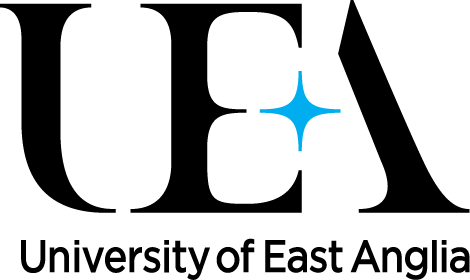Conservation of endangered species is a very important aspect of the work we do

The Seychelles warbler Acrocephalus sechellenis, was once on the verge of extinction with only 29 individuals left on Cousin Island. Since 1997 we have been working with Nature Seychelles and other stakeholders to conserve this wonderful bird. In 2001 the species’ conservation action plan was created (Richardson 2001). In 2004 and 2011 we translocated birds to the islands of Denis and Fregate. In combination with two earlier translocations the warbler is now on five islands with a total population of >3500 and growing.

The hawksbill turtle Eretmochelys imbricata. We used extensive fieldwork and parentage analyses to understand the mating system and genetic diversity that exist in the Seychelles population of the Hawksbill turtle (e.g. Phillips et al 2013). Results showed that females often mate with multiple males, and did so away from the nesting site. This behaviour helped avoid inbreeding and contributed to maintaining high genetic diversity (and thus high adaptive potential) in these turtles. This work was undertaken in conjunction with Cousine Island and other stakeholders

The Seychelles white-eye, Zosterops modestus. We have been helping the Island Conservation Society and Gerard Rocamora to conserve the white-eye. This has included using molecular techniques to assess levels of genetic variation (Rocamora and Richardson 2003), screen for pathogen infection and determine the sex of all individuals prior to translocations (important if they are all going to find a mate!

Cape Verde warbler, Acrocephalus brevipennis. We have assessed the genetic diversity that exists within and among the remaining three small populations of this island endemic (Batalha et al 2017). This work is in conjunction with Cape Verde government and other stakeholders (including BirdLife International).
